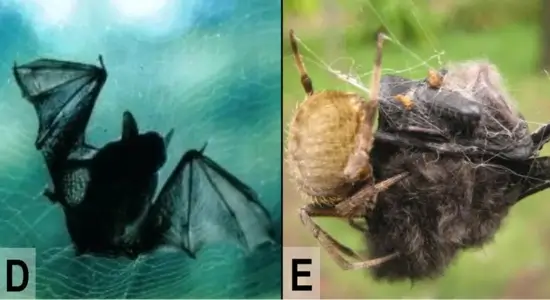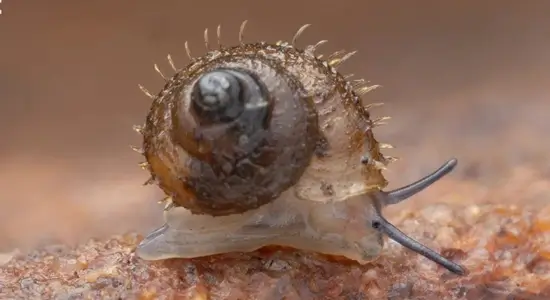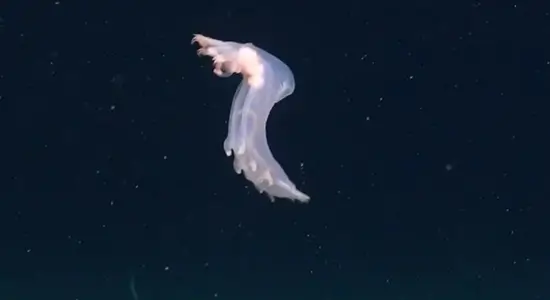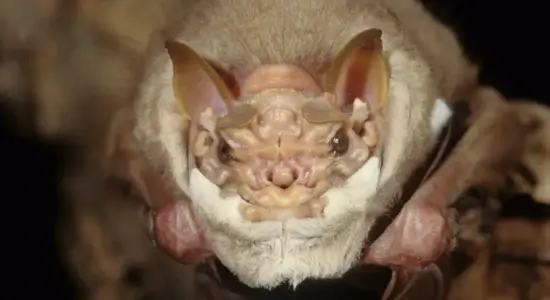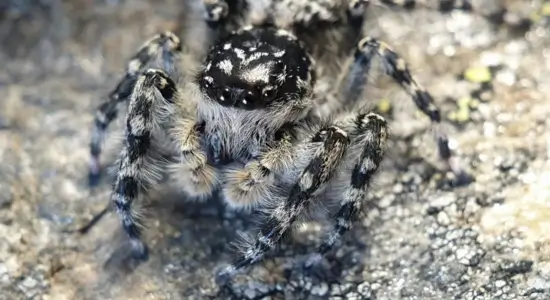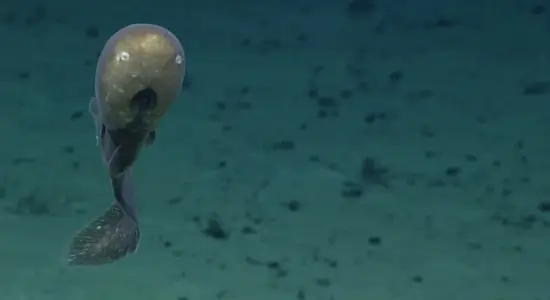 Who needs eyes when you dwell in the ocean’s deepest, darkest depths?
Who needs eyes when you dwell in the ocean’s deepest, darkest depths?
Image credit: NOAA/OAR/OER, 2016 Deepwater Exploration of the Marianas, Leg 3.
At Fact Fun, we dive into stories that prove how little we still know about life beneath the waves. One such marvel is the faceless cusk eel (Typhlonus nasus), a deep-sea species so strange it was thought to have vanished for more than a century.
From 1873 to 2017 — A 144-Year Disappearance
The first faceless cusk eel was collected in 1873 off the coast of Australia during the HMS Challenger expedition. After that, not a single specimen was seen in Australian waters for 144 years — until 2017, when scientists aboard the RV Investigator rediscovered the species during a deep-sea survey south of Tasmania. The find stunned marine biologists, who realized they were looking at a creature unseen since the Victorian era.
Caught On Camera In 2024
Earlier this year, researchers from the Schmidt Ocean Institute captured rare high-definition footage of faceless cusks lurking in the Papahānaumokuākea Marine National Monument, one of the largest marine reserves on Earth. These elusive fish can live as deep as 5,100 meters (16,730 feet), where sunlight never penetrates and pressures would crush a submarine.
The animals look almost featureless: their eyes are buried beneath translucent skin, their mouths point downward, and their bodies resemble pale ribbons drifting through the dark. This eerie design isn’t a mistake — it’s evolution’s answer to surviving in a world without light.
Anatomy of the Faceless
Faceless cusks are members of the family Ophidiidae, related to cusk eels found in shallower waters. Their bodies are soft and scale-less, built to withstand crushing pressure. Because eyesight offers no advantage at such depths, they rely on lateral-line sensors to detect vibration and motion in the water around them.
Scientists believe these fish feed opportunistically, consuming small invertebrates and decaying material that drifts down from the surface — what deep-sea researchers call “marine snow.”
💡 Did You Know?
Faceless cusks were part of the HMS Challenger expedition, the same mission that first mapped the Mariana Trench in the 19th century. That makes Typhlonus nasus a living link to the earliest days of deep-sea exploration.
If strange ocean discoveries fascinate you, explore how NASA’s 7,000-kilometer gravity anomaly revealed Earth’s hidden forces or read how ancient “hell ants” once ruled Cretaceous forests 113 million years ago. Both stories remind us that the natural world is far stranger than we imagine.

